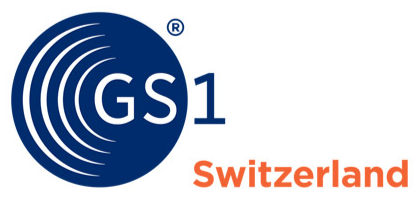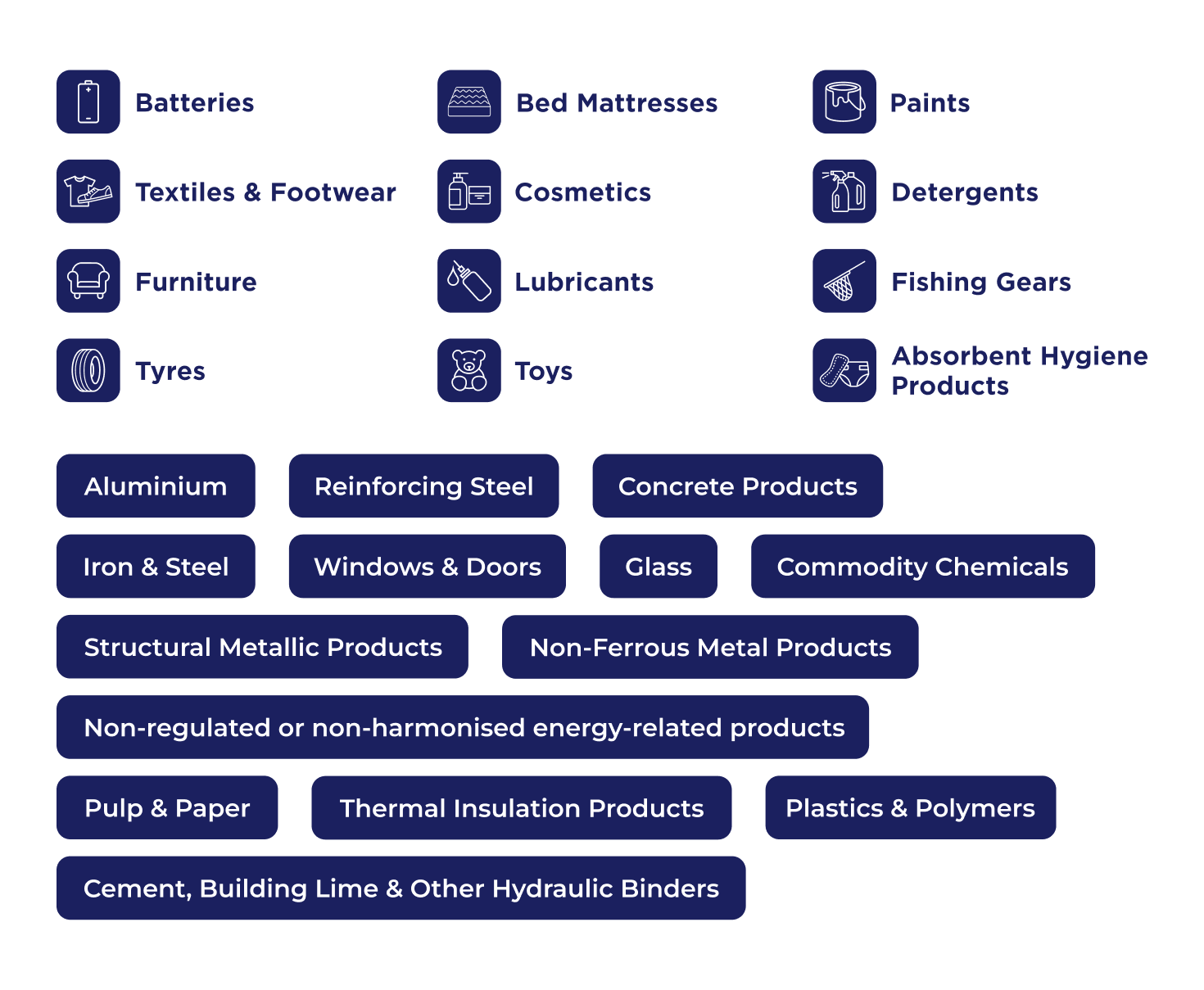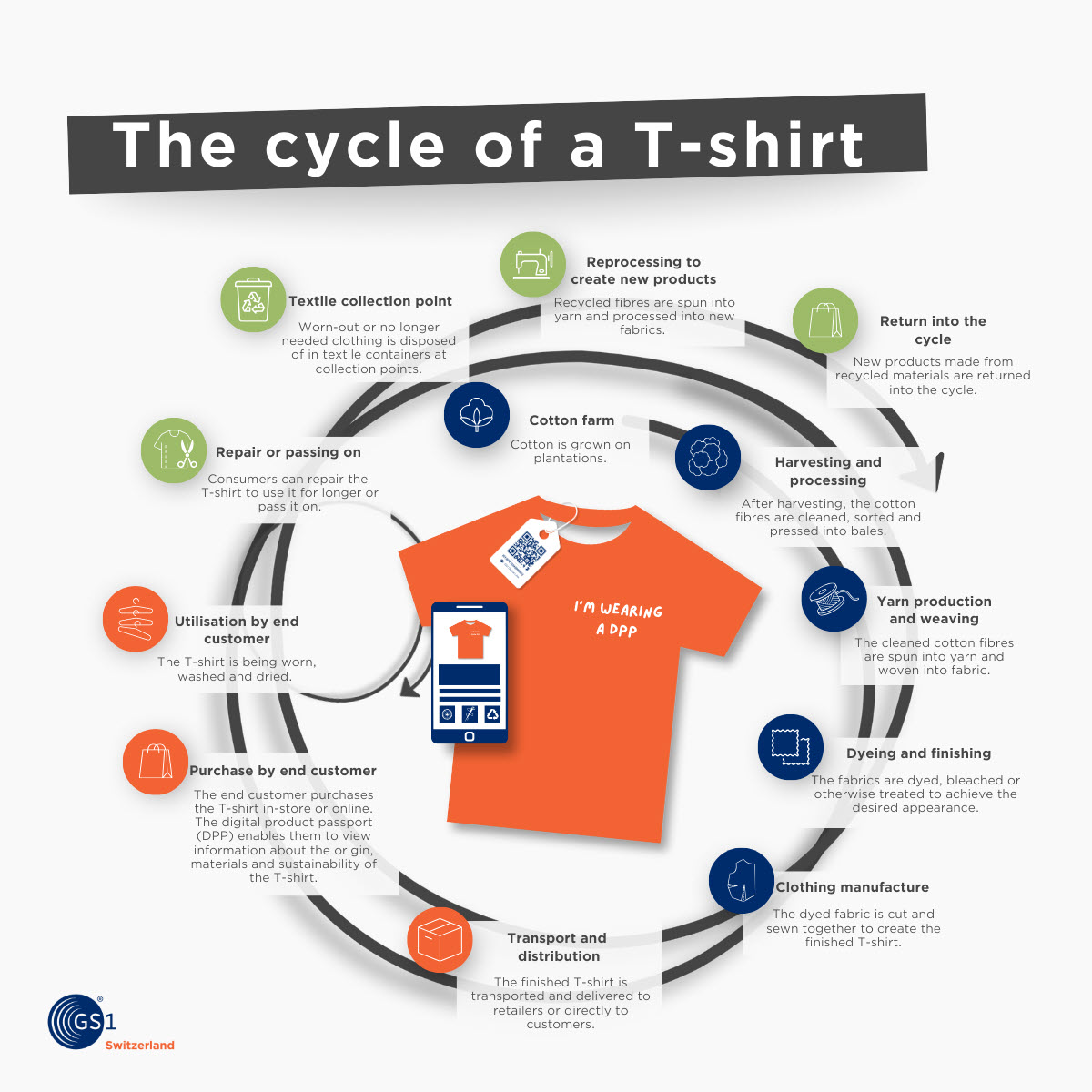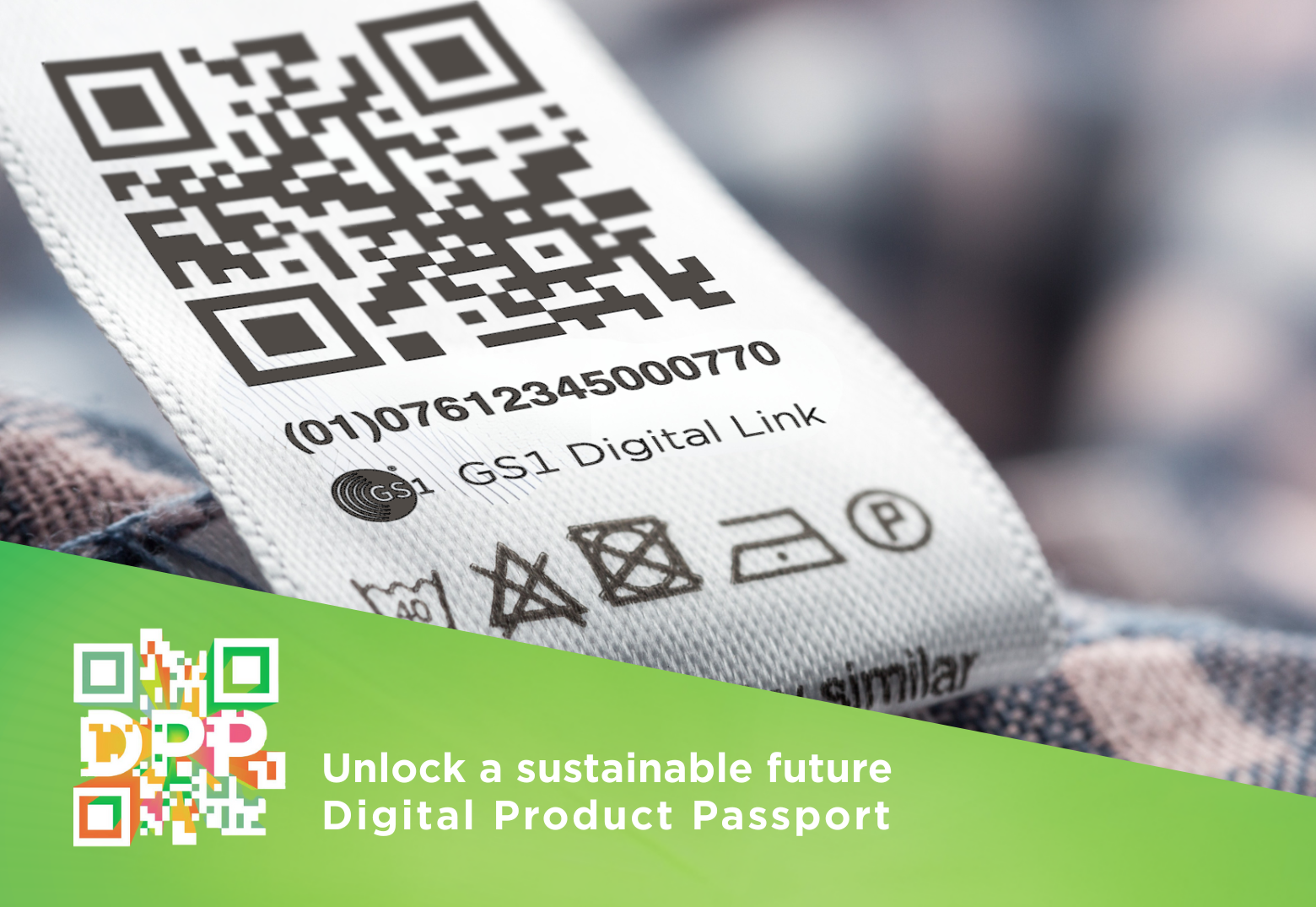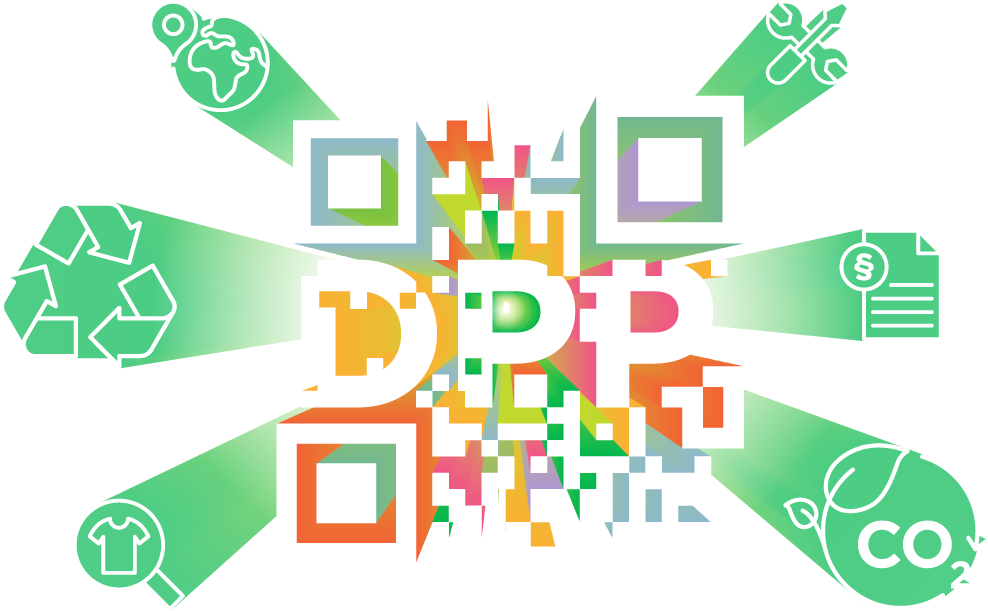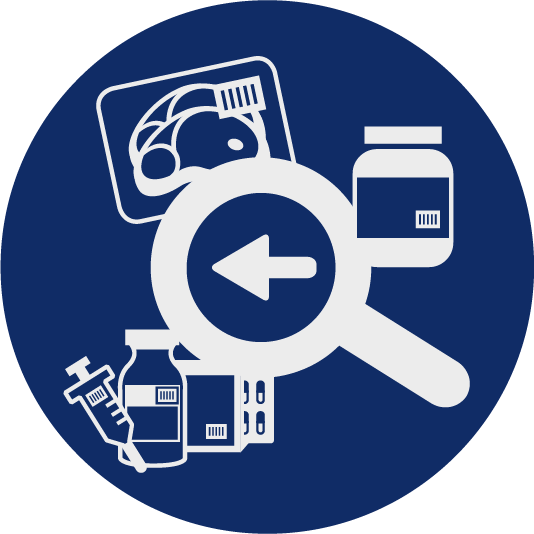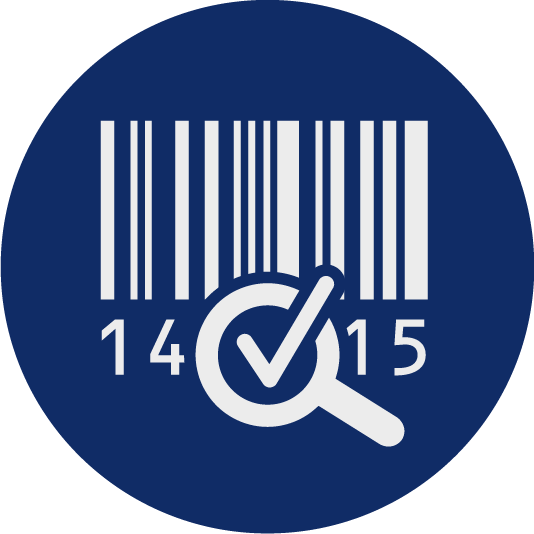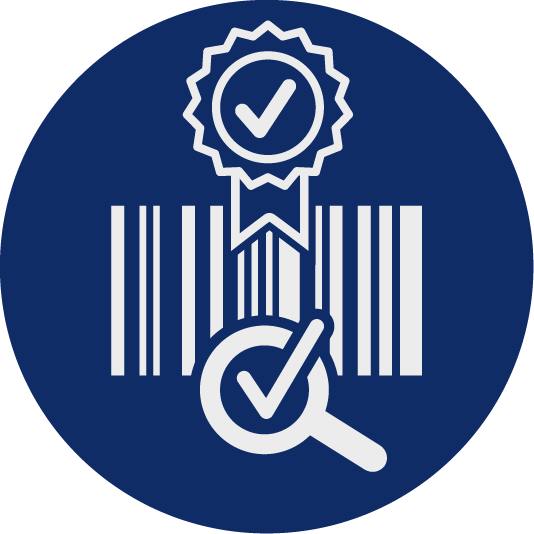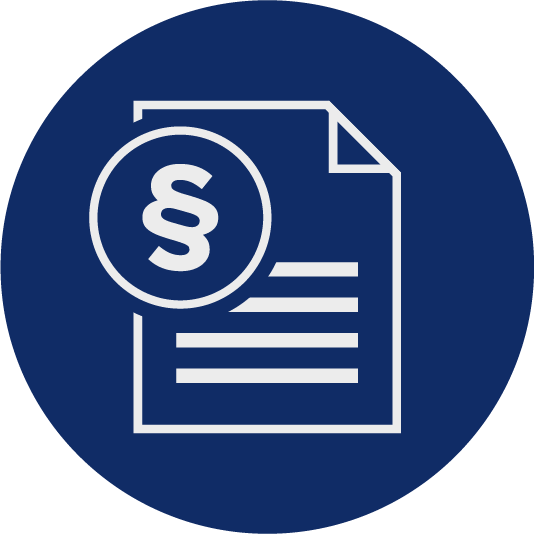More transparency in sustainability
information
The digital product passport provides access to relevant product information along the entire supply chain. It enables companies to store, update and share detailed information about their products in digital form
New EU regulation
The European Green Deal, which was developed in line with the United Nations Sustainable Development Goals, sets the clear goal of making the European continent climate-neutral by 2050. In order to achieve the sustainability goals, new guidelines for product development will be defined in the future.
In the future, products must be repairable, reusable and, to a certain extent, recyclable. The digital product passport serves as a key element in this, by bundling all the relevant information and making it accessible.
The digital product passport
The digital product passport is a data set that is made accessible by means of a 2D code. This code is attached to each product and enables consumers, producers or other stakeholders along the supply chain to access all relevant product and material-related information. This information ranges from details of the carbon footprint, information on harmful substances and recycling and disposal options to user manuals and instructions for use.
The requirement for a digital product passport will apply to all physical products, including components and intermediate products, that are manufactured or put into operation in the EU. It will also affect products that are exported to the EU. This has implications for global trade.
The digital product passport for companies outside the EU
The digital product passport does not only affect companies based in the EU. All products in the affected product categories that enter the EU market, regardless of the country of manufacture, must have a corresponding DPP. This makes the DPP relevant for Switzerland as well. Swiss companies that export to the EU should therefore familiarise themselves with the DPP requirements at an early stage in order to ensure their market presence in the EU.
The digital product passport explained briefly

Implementation of the digital product pass (DPP) with GS1 standards
When implementing the DPP, the following general requirements must be observed:
Unique product identification: Each DPP is linked to a unique product identification that is made accessible via a data carrier such as a QR code with GS1 Digital Link. This identification can be found directly on the product, its packaging or on an accompanying document.
Compliance with global standards: The product identifier and data carrier must comply with the ISO/IEC 15459 standard.
The EU recommends, among others, the GTIN (Global Trade Item Number)
Structured, machine-readable data: All information contained in the DPP is structured and machine-readable. It is based on open standards such as those from GS1, which ensures searchability and compatibility with various digital systems.
The globally valid GS1 standards form the basis for future digital product passports, particularly for the identification of products and the exchange of data between all players in the supply networks. GS1 provides standards for identification, data capture and data sharing, including 2D barcodes and GS1 Digital Link, which are particularly important for product passports.
Topic area: Digital product passport
Implementation standards
Digital product passport FAQ
List is continuously updated
What is the Digital Product Pass?
The digital product pass, DPP for short, is a product-specific data set that bundles relevant product information and makes it accessible via a data carrier (e.g. QR code with GS1 Digital Link).
Why does the digital product passport exist?
The Digital Product Passport (DPP) is being introduced as part of the EU Green Deal and the revised Ecodesign for Sustainable Products Regulation (ESPR). It is intended to support sustainable decisions, promote the circular economy and increase transparency in the supply chain.
According to the European Commission, the Digital Product Passport is a combination of
- a unique product identifier,
- data collected about the product by various actors in the value chain, and
- a physical link (e.g. tagging) between the product and the associated data.
The DPP enables consumers, economic actors and supervisory authorities to obtain reliable information about products (e.g. their sustainability, durability, reparability and disposal options). In this way, it contributes to reducing environmental impacts while creating economic benefits through more efficient use of resources.
Thanks to the use of international GS1 standards, product information can be shared, understood and processed digitally, automatically and across industries and countries. The DPP thus creates a uniform database along the entire value chain.
Why has the digital product pass been introduced?
The Digital Product Passport is being introduced as part of the EU Green Deal and the revised Ecodesign for Sustainable Products Regulation (ESPR) to support sustainable decisions, promote the circular economy and increase transparency in the supply chain. It facilitates repair and recycling, thereby helping to reduce environmental impacts. It also offers economic benefits through more efficient use of resources.
When will the Digital Product Passport come into force?
The digital product passport will be required in the EU from 2027 onwards, gradually being introduced for each product or material category as a market access criterion. The Ecodesign Regulation, which includes the DPP, came into force on 18 July 2024.
GS1 Switzerland recommends that companies prepare for the upcoming requirements at an early stage, particularly in the following areas:
- Data availability: Which required data is already available and which is still missing?
- Data management: How can existing data sources be optimally connected and managed?
- Identification: How can products be uniquely identified and linked to DPP information?
- Traceability: Which transparency requirements must and should be met along the value chain?
Does the Digital Product Passport only apply to companies in the EU?
No, the digital product passport does not only apply to companies based in the EU. All products in the affected product categories that enter the EU market or are produced in the EU must have a corresponding DPP. Swiss companies that export to the EU or have products manufactured there are therefore also affected by this regulation. For toys and construction products, the DPP requirement will also apply to products placed on the Swiss market with a slight delay.
Which product categories are affected by the digital product passport?
The EU Ecodesign Regulation, together with other legislative acts such as the Battery Regulation and the revised Toy Regulation, provides the framework for the introduction of digital product passports in various categories (see chart above). The first product groups include energy-related products (phased introduction from 2026 to 2030), batteries (> 2kWh), textiles, iron and steel (DPP requirement from late 2027/early 2028), tyres, aluminium (DPP requirement from late 2028/early 2029), as well as furniture, mattresses and toys. Further categories will follow gradually. (see also image above)
How is the digital product passport made accessible?
The DPP data will be made accessible a) physically on the product by means of a data carrier (e.g. a QR code) with two clicks and b) digitally (machine-to-machine communication) by means of a GS1 Digital Link. The DPP contains a globally unique product identification. The implementation of the DPP is based on global standards, such as ISO/IEC 15459, which also covers the GS1 Global Trade Item Number (GTIN).
What information must the digital product passport contain?
Depending on the product category, the DPP contains relevant product- and material-related information on technical specifications, sustainability and recyclability, details of ingredients, and recycling and reuse options. The specific requirements for the product categories concerned are laid down in EU delegated acts for each product category.
How does GS1 Switzerland support companies in introducing the DPP?
GS1 Switzerland supports companies on their way to the Digital Product Passport (DPP) with expertise in the form of member support or events, training courses, pilot implementations and, in general, with the further development of practice-oriented GS1 standards. We help you to exchange product data in a structured, interoperable and secure manner based on globally recognised GS1 standards.
We also promote exchange between industries, authorities and technology partners to ensure uniform, cost-optimised and future-proof implementation in Switzerland.
What role do GS1 standards play in the digital product passport?
GS1 standards form the basis for globally unique identification and standardised data exchange in the digital product passport.
They enable product information to be understood across systems, companies, industries and countries, right down to the consumer.
Examples:
- GTIN (Global Trade Item Number) for unique product identification
- GS1 Digital Link for connecting physical products with digital information (via QR code)
- EPCIS (Electronic Product Code Information Services) for the exchange of event data along the supply chain
How can I prepare my company for the DPP?
Companies should check at an early stage which product information is already available in digital form and which needs to be supplemented or standardised.
Recommended steps:
- Inventory of product data – What information exists, and in which systems?
- Identification with GS1 standards – introduction or harmonisation of GTIN, GLN, GS1 Digital Link, etc.
- Prepare for data exchange – Create processes and interfaces for structured data communication (e.g. via EPCIS).
- Optimise information management – define clear responsibilities for data quality and timeliness.
Are there any pilot projects or practical examples?
Yes, projects are underway across Europe and in Switzerland to prepare and implement the Digital Product Passport, including in the textiles, batteries, steel, concrete and electronics sectors.
Various Swiss companies have already launched DPP pilot projects with GS1 Switzerland. The aim is to examine how they can use the QR code and the GS1 Digital Link to provide the information required by regulations from existing data and systems and use additional data for greater transparency and a circular economy.
You can find current practical examples on our DPP website under customer stories.
GS1 Switzerland offers an ecosystem with solution partners for current topics. There you can find more success stories (Only in German).
You can contact us for pilot projects via our contact form.
What technical requirements are necessary (e.g. GS1 Digital Link, EPCIS)?
The use of globally standardised and established data structures is crucial for the implementation of the DPP.
The main technical components are:
- GS1 Digital Link – connects physical products with digital information sources via QR codes.
- Structured product data management – e.g. in PIM, ERP or PLM systems.
- Access to interoperable data platforms – to share information securely and keep it up to date.
